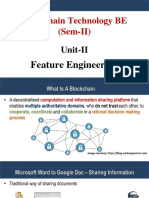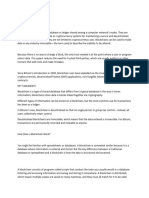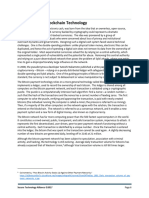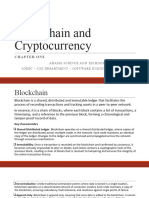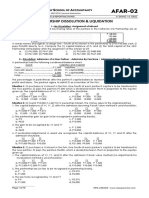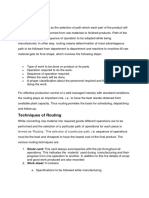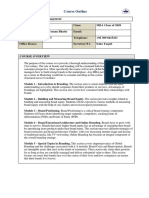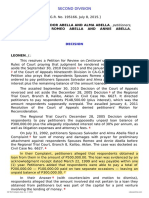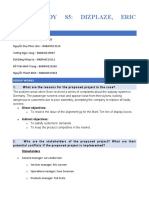0% found this document useful (0 votes)
6 views44 pagesLecture 4 - Blockchain
The document provides an overview of blockchain technology, highlighting its unique characteristics such as being distributed, encrypted, and immutable. It discusses the risks of centralized ledgers, the consensus mechanisms used in blockchain, and real-world applications like cross-border payments and supply chain traceability. Additionally, it addresses challenges related to scalability, regulatory issues, energy consumption, and integration of blockchain systems.
Uploaded by
C MulaCopyright
© © All Rights Reserved
We take content rights seriously. If you suspect this is your content, claim it here.
Available Formats
Download as PDF, TXT or read online on Scribd
0% found this document useful (0 votes)
6 views44 pagesLecture 4 - Blockchain
The document provides an overview of blockchain technology, highlighting its unique characteristics such as being distributed, encrypted, and immutable. It discusses the risks of centralized ledgers, the consensus mechanisms used in blockchain, and real-world applications like cross-border payments and supply chain traceability. Additionally, it addresses challenges related to scalability, regulatory issues, energy consumption, and integration of blockchain systems.
Uploaded by
C MulaCopyright
© © All Rights Reserved
We take content rights seriously. If you suspect this is your content, claim it here.
Available Formats
Download as PDF, TXT or read online on Scribd
/ 44



